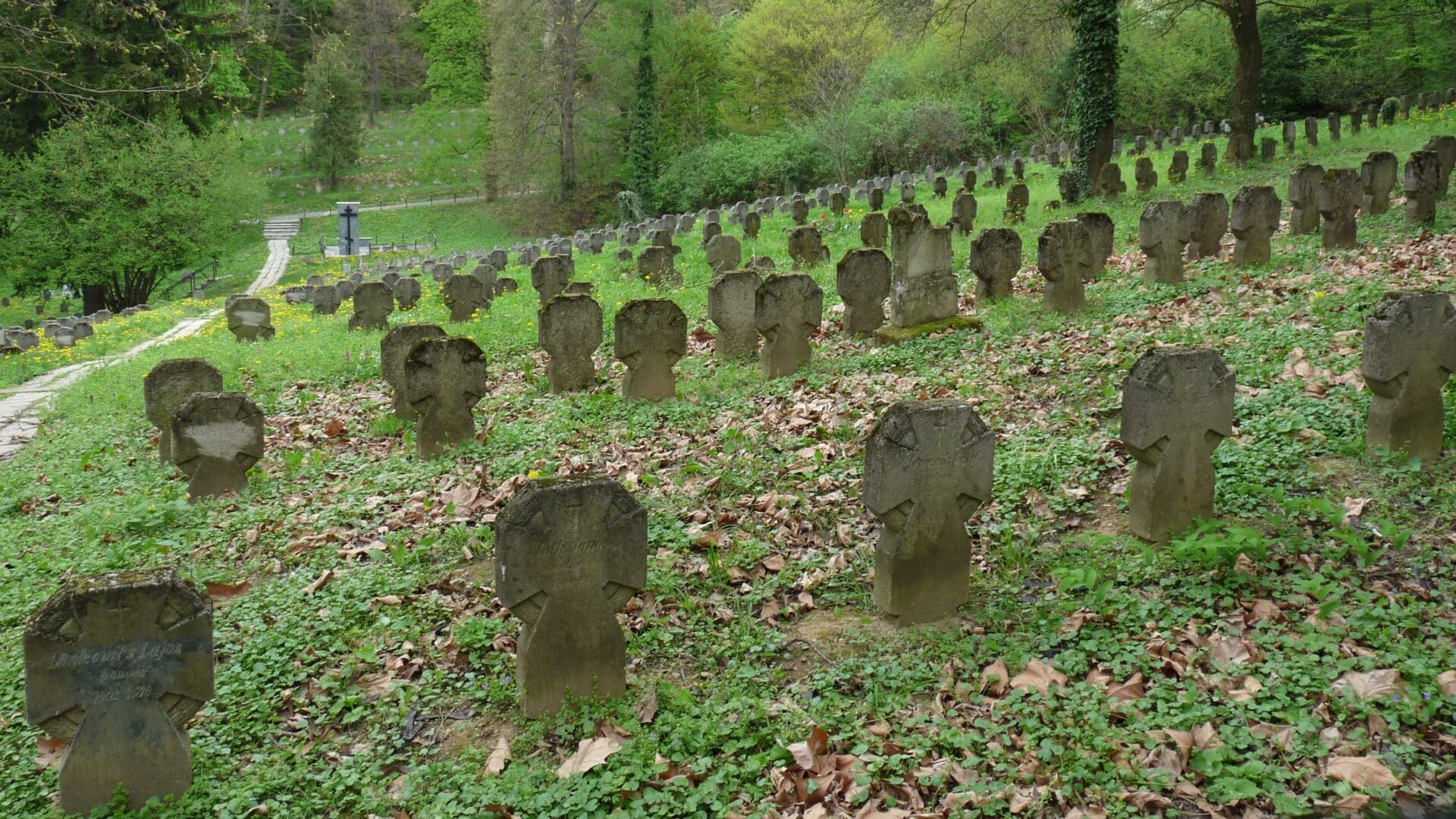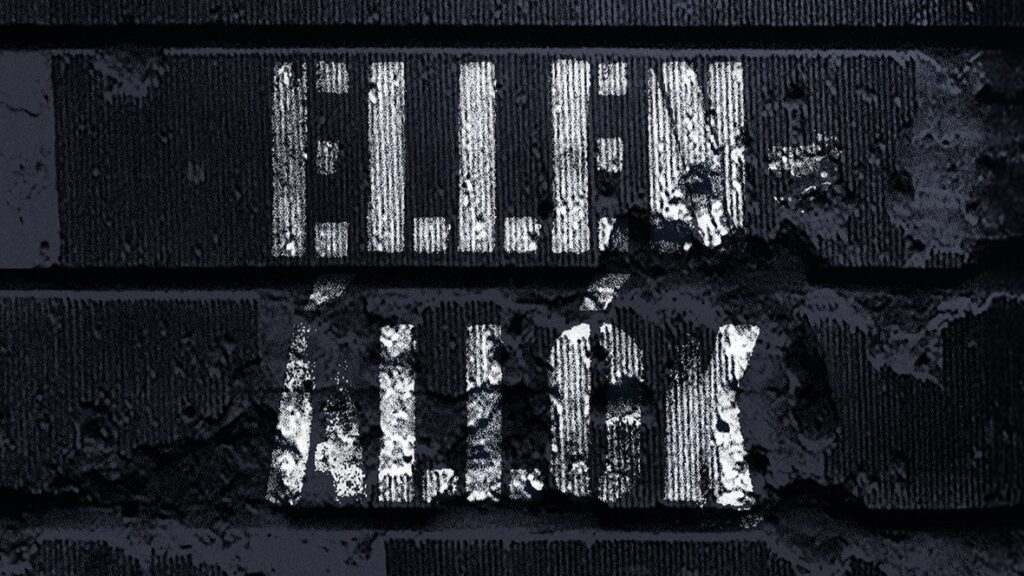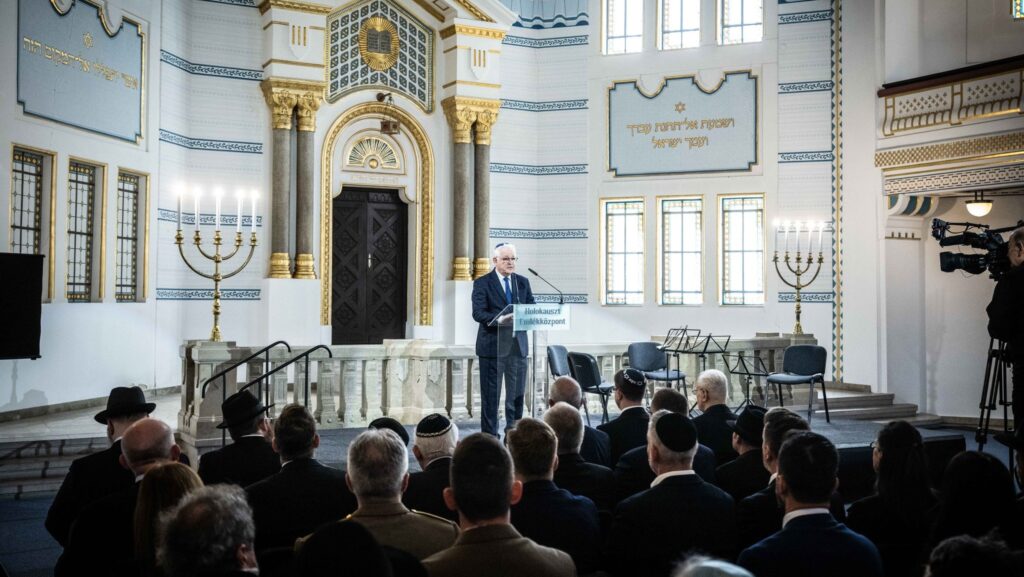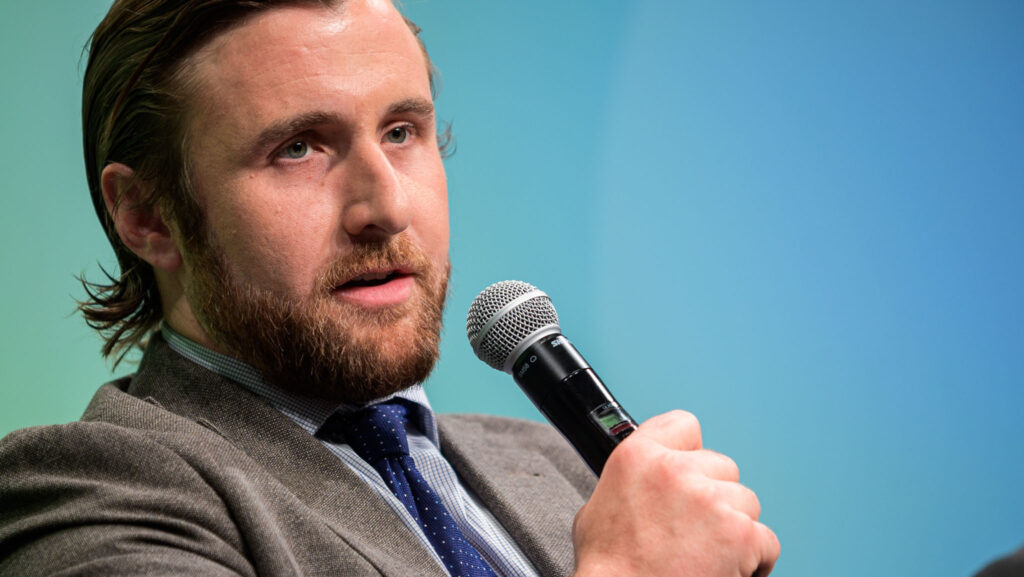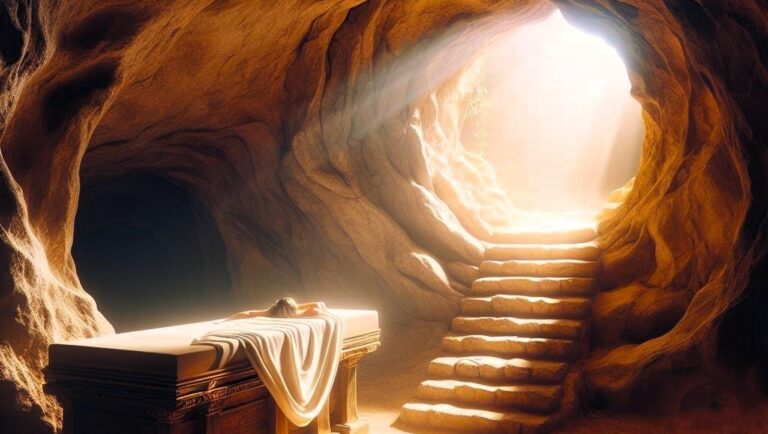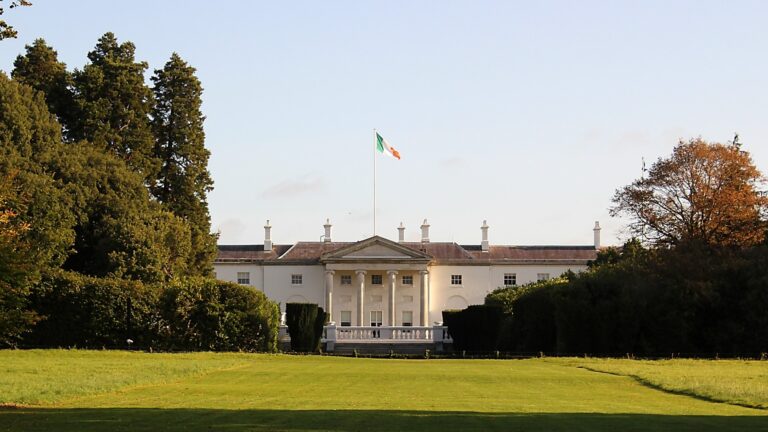I consider myself fortunate in many ways, first and foremost because I was born and raised in the beautiful city of Sopron, more precisely, in Sopronbánfalva. Among the many fascinating things of my home town, my favourite is the heroes’ military cemetery, which is a unique and impressive sight.
There are a few military cemeteries in Hungary, but as far as I know, there is only one where fallen soldiers from both World War I and World War II, and of all the warring sides, are buried: the Heroes’ Cemetery in Sopronbánfalva.
I recall taking many walks in the woods and spending a long time in front of the graves. Various thoughts rushed through my head, such as how fortunate we are today, and how young those who perished in the wars were. With my 24 years of life, I would have been among the older ones resting in the ground. It also dawned on me looking at the names engraved on the tombstones
how diverse and fascinating the Austro–Hungarian Empire used to be.
This diversity has to a great extent disappeared in Hungary: first, with the territorial losses of Trianon, and then due to the tragedies of WWII: the Holocaust, and then the deportation of Germans, followed by the ‘name-cleansing’ by the ‘internationalist’ communists.
However, the most pressing question for visitors to this cemetery is the meaning of war, which is a complex and difficult topic to address. The Russian casualties of the two world wars provide a striking example. The fallen soldiers of the Great War are commemorated with an Orthodox cross, while those of the Second World War are honoured with a red star. Despite there being a mere a thirty-year gap between the two conflicts, the soldiers who fought in them, the fathers and their sons, were sent to fight in the name of vastly different worldviews, political beliefs, and ideologies, which ultimately led to their deaths and eternal rest in Bánfalva.
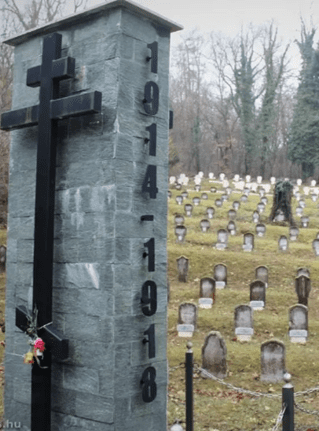
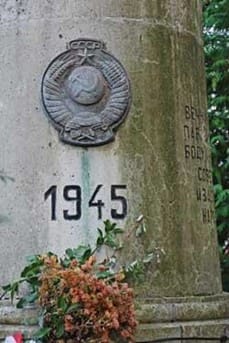
The same is also evident when we contemplate the tombstones of the Monarchy soldiers. It was ultimately because of the Austrian and German rulers that all those young Bosnian, Croatian, Czech, Slovenian, Serbian, Italian and Romanian young men.
The headstones of these men are marked with a cross, a double cross or a crescent to indicate their religious affiliation. It was not their faith that lead them into the trenches, nor was it the reason for their death or burial. And they likely do not regret being buried side by side, as they died heroically as comrades. In death, they may find the peace between nations and religions that they could only dream of during war.
After spending half an hour in the cemetery, I was left with a feeling of numbness, and I asked myself: is it fair that these people died in such a tragic manner, only to be forgotten?
It is important to note the differences between how military cemeteries and heroes are viewed in different countries, for instance, the United States and Hungary. As opposed to America, there is no veteran culture here, and soldiers of the past are not honoured. There have been and there are some commendable efforts by former and the current ministers of defence to change that, but still, with the exception of a few generals of the 1848–1849 revolution, military heroes are not taught about in school, and Hungarians are not boastful enough about our ancestors and our nation.
Most of our heroic dead are forgotten.
What is the reason, one wonders?
Well, the answer is: two world war defeats. During the First World War, Hungary suffered significant losses, with 530,000 soldiers dead and 1.4 million wounded. At the same time, there was little popular support for the war. Historically, Hungary hardly ever engaged in an expansionist policy, but during the First World War, for the first time, our soldiers fought almost all the time beyond our borders. And what was our ’reward’? The Trianon Treaty. So many sacrifices, so much heroic death and suffering, all for nothing: even our thousand-year-old homeland was mutilated, which is still a gaping wound for most Hungarians. So what was there to be proud of and to remember when one could only forget?
The history of the Second World War is perhaps even worse than the first. We were a small nation, at the mercy of great powers some of whom we we had little choice but to declare war on, and sent Hungarian soldiers without proper weapons and equipment on an impossible mission to the Soviet Union, to the Don Bend, 1,300 kilometres from the Hungarian border, to the Russian winter of -40 degrees. The result was 45 years of communist terror and another generation of young men executed. Again, what was there to be proud of? The terror of the Arrow Cross, fighting on the side of the Nazis, and the deportation of the Jews makes remembering the fallen with pride particularly problematic.
But the biggest damage, as usual, was done by the communists.
In their rampage and vendetta, they dishonoured our heroes through violent ideological re-education. The great Christian Hungarian Kingdom of the Monarchy was the complete opposite of the communist worldview, and so it was attacked and its memory erased in every possible way. The inter-war period was described as a fascist era, which was detrimental to national consciousness.
The situation has improved a lot since: we have had a national government in power for thirteen years, which cares about the preservation and the building of a collective, Hungarian historical memory. However, the commemoration of our heroic dead is still a politically sensitive issue and has been neglected to this day.
So what should be done? To find the answer, we must return to the forest of Sopron.
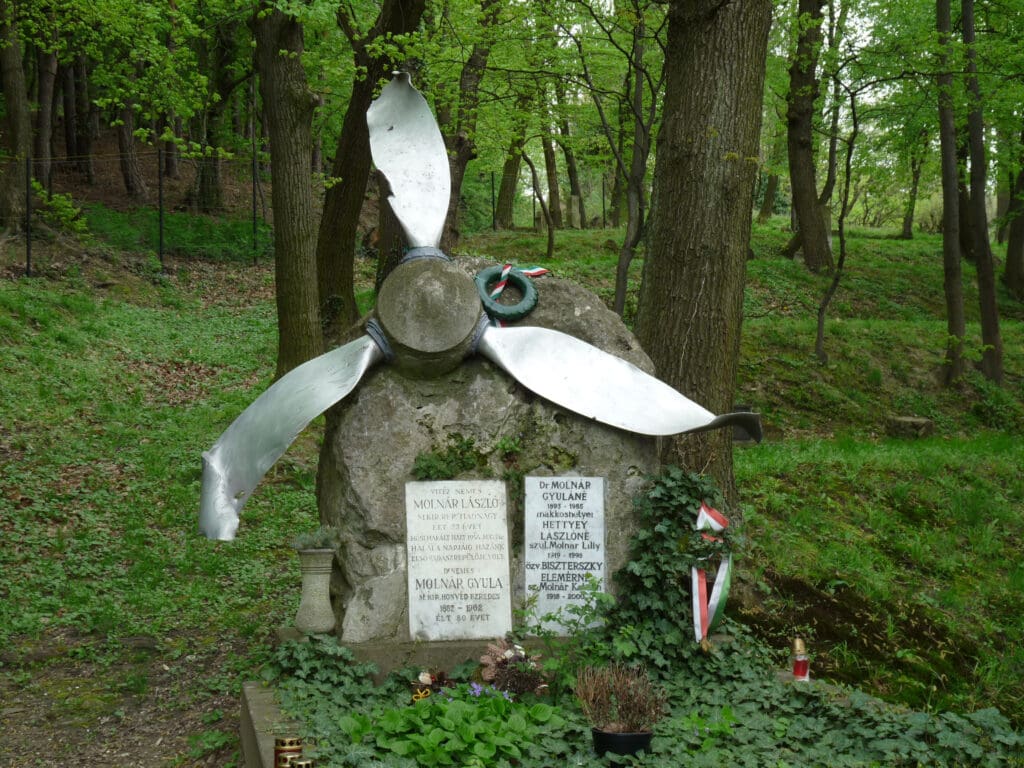
László Molnár, a Hungarian Royal Air Force Lieutenant and pilot of the 101st Puma fighter class, is laid to rest here. He achieved 27 verified aerial victories in 132 sorties, making him the most successful fighter pilot of the Hungarian air force until he was killed in combat.
His story, not widely known, is quite uncontroversial, and impressive. He was a real hero, who died at the young age of 23.
It is by highlighting such individual stories, heroes, and lives that we can begin to rebuild pride in
and respect for those who fell in the two world wars.
While it is obviously impossible to take pride in many actions of the Hungarian army in the Second World War, it is possible to take pride in the skills of one particular pilot who shot down 27 enemy planes with hussar-like precision.
Likewise, Ottmar Muhr and his Hussars, who saved Poland from the Russians at the Battle of Limanova in 1914, would deserve more recognition (and a separate series of articles). These heroic deeds should be researched and collected and perhaps one day, we Hungarians will also be able to look upon our heroic dead as those who were victorious in the world wars.

